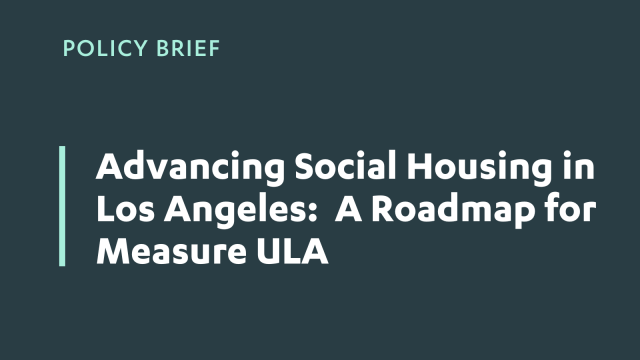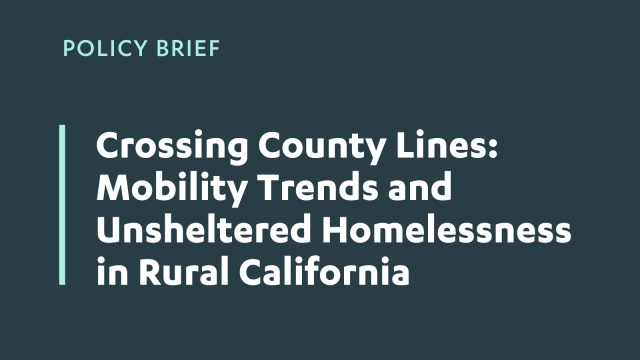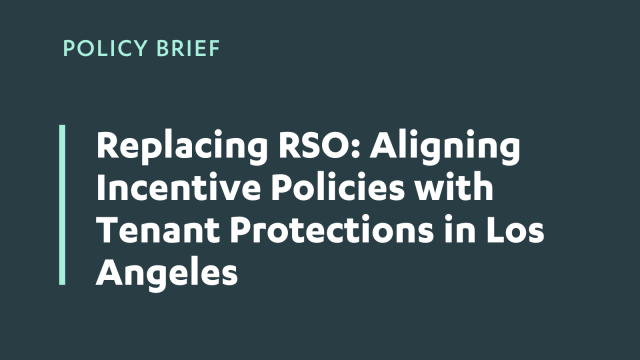Building Up the “Zoning Buffer”: Using Broad Upzones to Increase Housing Capacity Without Increasing Land Values
U.S. cities spent much of the middle and late 20th century reducing capacity for new housing through extensive downzoning, leading to a shortage of homes and rising prices in high-demand locations. To combat this, many cities and states are now reversing course and upzoning to allow higher-density housing, usually in targeted locations such as individual neighborhoods or corridors. While these targeted upzones have increased housing production in some cases, they have also led to higher land prices that erode the affordability of new homes. In this paper I introduce the concept of the “zoning buffer” — the gap between the existing housing stock and the maximum number of homes allowed by current zoning — and describe how it affects land values and ultimately the production and affordability of housing. I argue that improved housing affordability at a city-, metro-, or region-wide scale can only be achieved through “broad upzoning,” defined here as zoning changes that allow at least moderate density (roughly 6-10 units) on a large share of parcels (at least 25%-50%). With zoning reform receiving more attention across the country, policymakers should prioritize broad upzoning over other strategies that may be unlikely to improve long-term affordability



